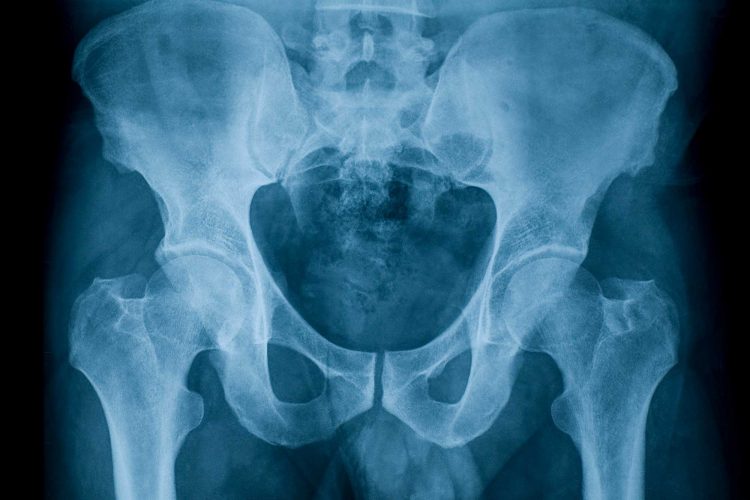
Sacroiliac and symphysis pubis

Involvement of the sacroiliac joint
Low back pain is one of the most significant reasons for consultation in the medical field. It is all the more essential to classify it properly and thus offer the most appropriate treatments. This article will present the particular involvement of the sacroiliac joint in low back pain and other more specific symptoms.
Anatomy
The sacroiliac joint is found where the sacrum and the ilium meet. The sacrum is the extension of the spine and is located between the 5th lumbar vertebra and the coccyx. The ilium corresponds to the pelvis itself, articulating with the sacrum and the hip (greater trochanter). This joint offers very little movement, only a few degrees, but is very important for walking and sitting/standing.
Functions of the Sacroiliac joint
- Lumbar stability
- Muscle support and stability for the legs
- Allows the transfer of strength and movement between the upper and lower body
- Body weight support
- Protection of genitals and viscera
Signs and symptoms
- Local pain in the lower back near the buttock
- Pain in the groin
- Pain in the hip or posterior edge of the thigh.
Possible pathologies
Hypermobility (instability)
This dysfunction is often observed in pregnant women (secondary to hormonal changes) with the presence of general hyperlaxity.Pain can also be caused by repeated trauma or microtrauma. A simple movement in daily life can then be painful: bending forward, turning in bed, walking, squatting or lifting.
Hypomobility (blockage)
This dysfunction is the opposite of the previous one, but may be secondary to hypermobility. Indeed, the fact that a joint has too much movement increases the risk of blockage. Thus, hypomobility is characterized by a limitation of movement. The onset of symptoms may be gradual, sudden, or traumatic. Sudden twisting/rotating movements, a fall on the buttocks or a car accident can cause the joint to become fixed. The pain will increase with walking, changing positions and prolonged static positions.
Sacroiliitis
This condition is an inflammation of the sacroiliac joint. It may be secondary to a chronic disease such as ankylosing spondylitis. In other circumstances, it may be secondary to repeated heavy strain due to weight gain such as during pregnancy. An osteoarticular infection can also be the source of this inflammation. Finally, trauma directly to the pelvis or spine can cause this type of sacroiliac dysfunction.
Conclusion
The sacroiliac joint has many interactions with its surrounding structures (hips, spine, lower extremities). The biomechanics of this joint are greatly affected by injury, alignment and/or deconditioning of any of these structures, not to mention hormonal involvement. Thus, a specific physiotherapy evaluation is necessary to properly treat this type of condition. Often, this joint is little or not well known.
Other relevant chronicles:


